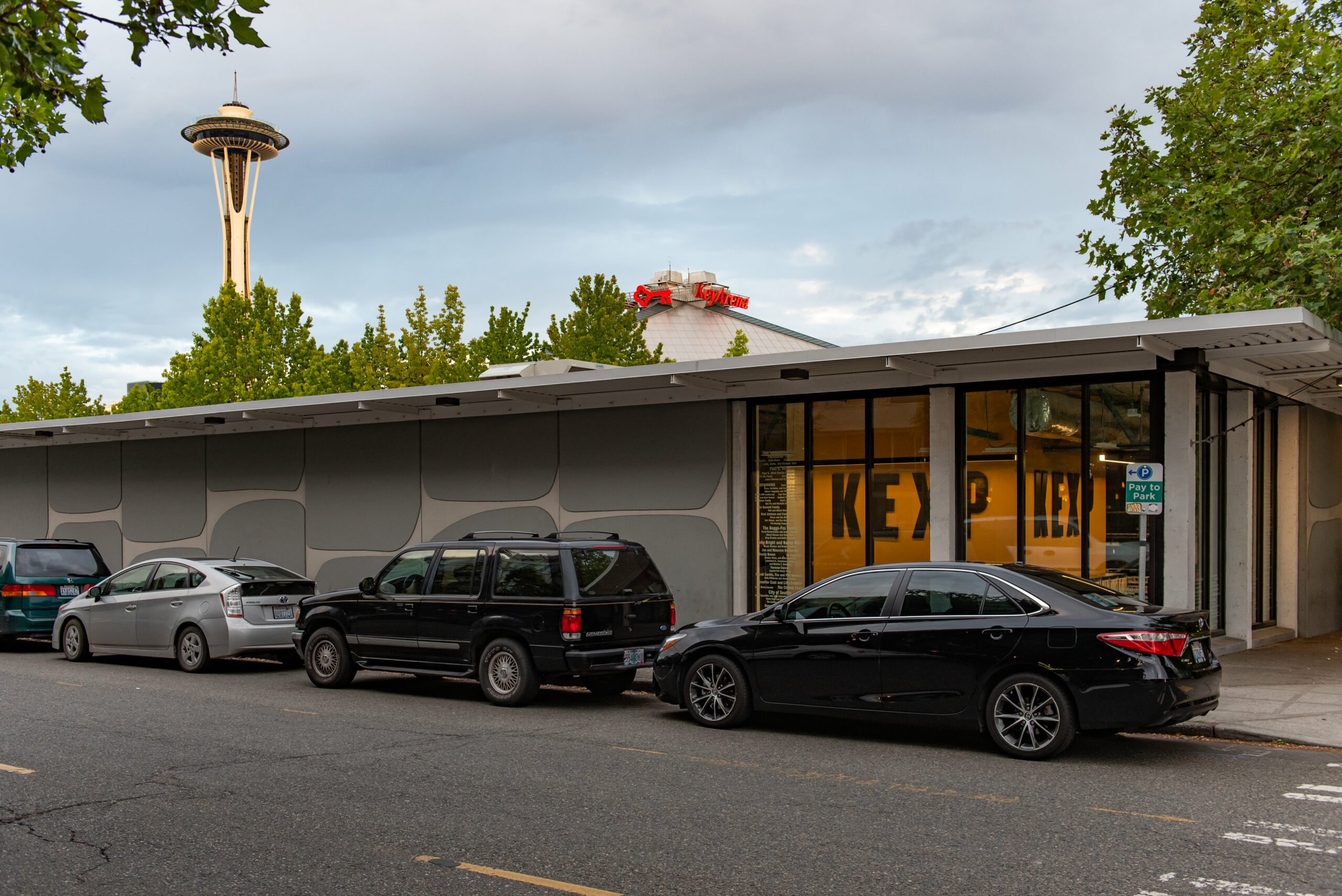Tag: signal expansion
Seattle’s KEXP launches signal in San Francisco Bay Area
The music station purchased San Francisco’s KREV for $3.75 million in an October bankruptcy auction.KERA awaits city council approval to manage classical station
Under the proposed contract, KERA would take over management of 100-year-old WRR and convert it to a noncommercial license.WHRO acquires oldies station with ‘passionate’ following
With a signal boost and rebranding of WFOS as the Time Machine Radio Network, WHRO aims to reach a new audience of ...CPR adds signals to expand its news service into Colorado Springs
With the purchase of an AM station and FM translator, the Denver-based pubcaster nears its goal of providing a statewide news service. ...Displaced Vineyard station mounts noncommercial comeback bid
MVY, the commercial music station on Martha’s Vineyard that lost its flagship frequency 92.7 MHz in February, plans to return to the ...Redefining public media for the future
Public media is made up of hundreds of storefronts in communities large and small, each of which has a unique window into ...NYPR looking to boost coverage for classical station
New York Public Radio has applied to the FCC to acquire 90.3 FM in Ossining, N.Y., from community licensee Hudson Valley Community ...Kansas City pubTV buys Triple A music station
A new kind of public media signal expansion will rock Kansas City, Mo., under a license transfer agreement announced April 19 by ...Northeast gets several new pubradio stations
The number of pubradio stations in the northeastern U.S. has grown in recent weeks with the addition of new stations with signals ...University regents call time-out on KUT signal expansion
One of public radio’s biggest split-format stations, Austin’s KUT, is pursuing a signal expansion that follows a familiar playbook for strengthening audience ...






